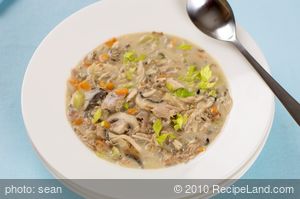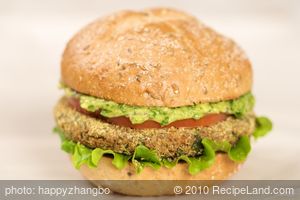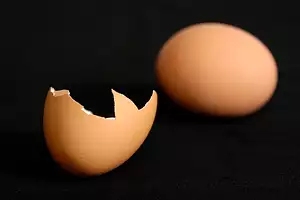YIELD
12 servingsPREP
30 minCOOK
0 minREADY
100 daysIngredients
Directions
These are often called thousand-year eggs, even though the preserving process lasts only 100 days.
Combine tea, salt, ashes and lime.
Using about ½ cup per egg, thickly coat each egg completely with this clay-like mix- ture.
Line a large crock with garden soil and carefully lay coated eggs on top.
Cover with more soil and place crock in a cool dark place.
Allow to cure for 100 days.
To remove coating, scrape eggs and rinse under running water to clean thoroughly.
Crack lightly and remove shells.
The white of the egg will appear a grayish, translucent color and have a gelatinous texture.
The yolk, when sliced, will be a grayish-green color.
To serve, cut into wedges and serve with sweet pickled scallions or any sweet pickled vegetable.
Sauce can consist of 2 tablespoons each vinegar, soy sauce and rice wine and 1 tablespoon minced ginger root.
Comments




